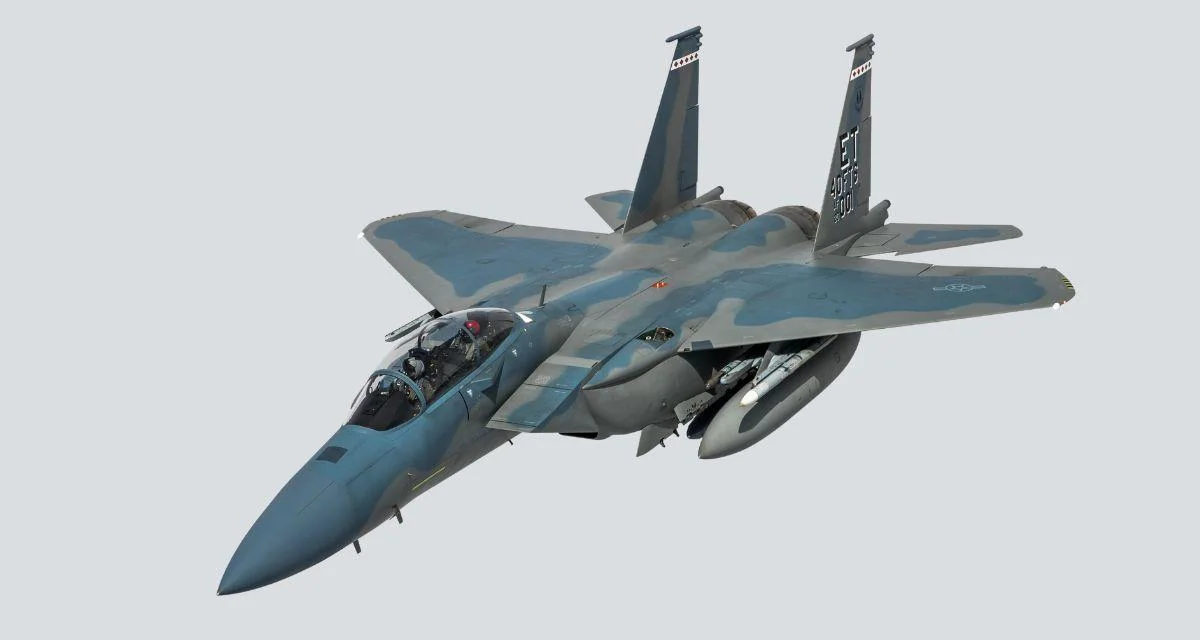In 2024, U.S. industry delivered a total of 110 F-35 Lightning II fighters, including some assembled in Italy and Japan; 16 F-16 Fighting Falcons (all for export); 14 F-15EX Eagle IIs; and 11 F/A-18 Super Hornets. Production of the Super Hornet is expected to end by 2027 after the U.S. Navy placed its final order. The F-16 remains in production only for foreign customers.
Despite technical issues with its Technology Refresh-3 update, Lockheed Martin delivered all planned F-35s for 2024. The company aims to stabilize annual output at over 156 units but may face adjustments depending on future government procurement decisions.
Deliveries for other types included two T-7A Red Hawks—soon entering serial production—and possibly one or two B-21 Raiders as that program ramps up toward service entry in 2027. The total number of combat aircraft delivered by U.S. industry in 2024 was approximately 153.
For 2025, Lockheed Martin had already delivered 72 F-35s by mid-year and expects to deliver between 170 and 190 units overall—including those assembled overseas—by year-end. Production of the F-16 is set to increase with a target of four per month by late 2025, aiming for up to 26 exports during that year.
Boeing's deliveries are expected to include around ten Super Hornets and fifteen or more F-15EX jets in 2025. The company will also begin delivering serial-production T-7 Red Hawk trainers near year-end. Northrop Grumman’s B-21 Raider production rate remains classified but is estimated at one or two annually at this stage, eventually rising to eight or nine per year.
Beyond fighters and bombers, Boeing reported delivering four P-8 Poseidon maritime patrol planes and ten KC-46 Pegasus tankers in 2024; five more KC‑46As and two additional P‑8s were delivered during the first half of 2025. The backlog includes dozens more tankers on order from both domestic and international customers.
L3Harris announced delivery of its third EA‑37B Compass Call electronic warfare jet to the Air Force in September 2024; five out of a planned fleet of ten had been received by mid‑2025.
Globally, China’s fighter jet output is estimated at between 150–250 units annually but comes with high uncertainty due to limited transparency about Chinese programs. Russia’s annual output is thought to be about 24 jets—well below what would be needed to replace losses or modernize its aging fleet—while France increased Rafale deliveries from thirteen in 2023 to twenty-one in 2024.
Looking ahead, both China and the United States are expected to maintain their leading roles in fighter jet production while also investing heavily in unmanned systems intended to complement manned platforms rather than replace them outright. Other countries such as Turkey, India, South Korea, Germany, Italy, Brazil, Sweden, and the United Kingdom continue smaller-scale fighter programs focused mainly on export markets or domestic needs.
By 2030 it is anticipated that full-rate production will be underway for next-generation U.S. platforms like the B‑21 Raider bomber—and potentially sixth-generation fighters such as Boeing’s planned F‑47—with legacy lines like Super Hornet winding down.
 Alerts Sign-up
Alerts Sign-up




































